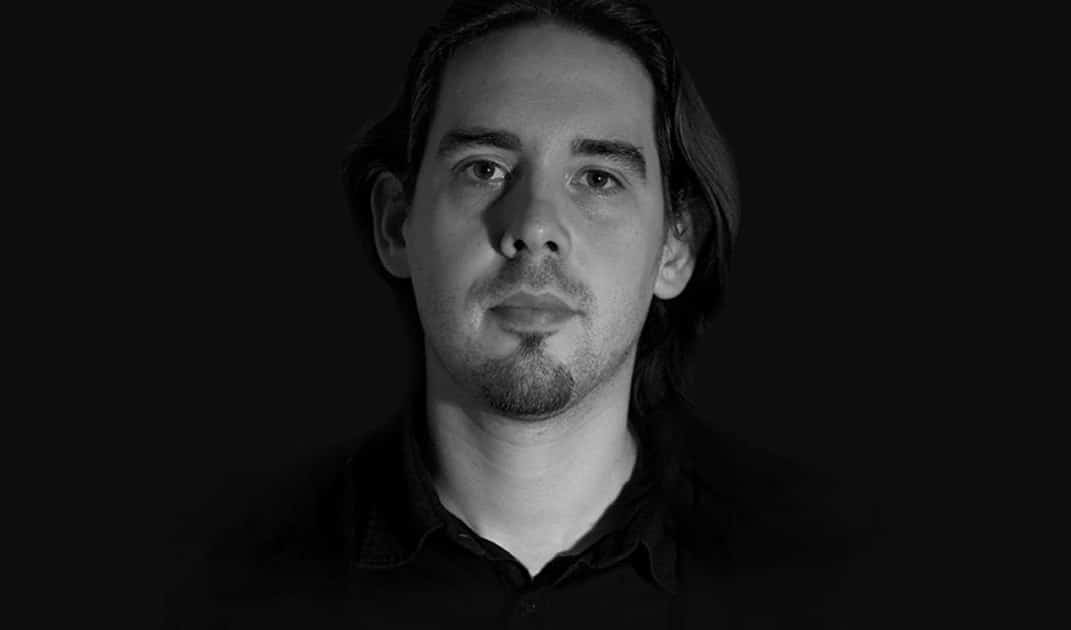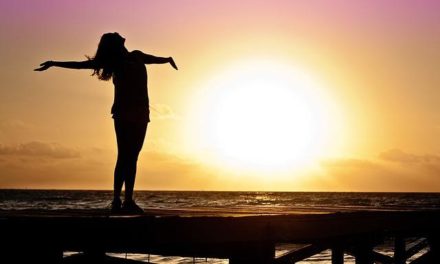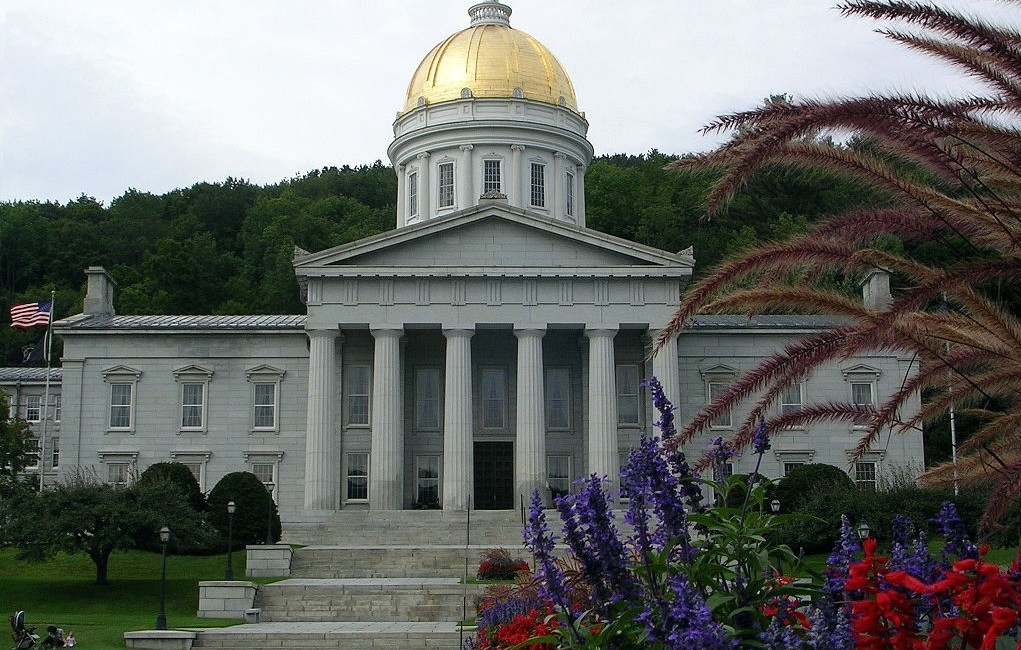
Image Source: plantteachers.com
ICEERS is one of the leading psychedelic plant medicine advocacy organizations in the world, with a scope that includes harm reduction education, pre- and post-psychedelic integration services, producing global psychedelic conferences, providing legal support for those caught up in the drug war and educational outreach for legislators and policymakers about psychedelic plants such as iboga and ayahuasca. As impressive and broad as their work is, perhaps more impressive is how ICEERS got started by an adventurous film student who followed a story about an obscure psychedelic plant and ended up founding one of the most influential drug policy organizations in Europe.
Benjamin De Loenen is the founder and Executive Director of ICEERS, and spoke with Psychedelic Times in a recent interview where he shared how his journey took him from film school in Holland to NGO director in Spain:
“I started studying film in Holland in 2000, and in 2002 I read a small article about iboga, a psychoactive plant from the Bwiti tradition in Gabon that was used for the treatment of drug addiction. I thought it was a good topic for a film and a perfect final exam project. I started researching, and got in touch with people in the ibogaine community such as Howard Lotsof who discovered iboga’s anti-addictive properties. I visited several continents for my research and went to Gabon to film a Bwiti initiation, and became somewhat of an expert in the subject matter, as at that time there were no other documentaries about it.
When I graduated, I started to show my documentary at film festivals, and always in the Q&A section, the questions were not about the filmmaking process, but about iboga itself. So I organically became an educator about iboga, and my heart led me to change. Instead of being a filmmaker, I would set up an NGO and start doing nonprofit work. Ayahuasca came into the picture later in 2006, I thought it also had incredible potential, and then in 2009 I started ICEERS in Barcelona.”
Since its founding, ICEERS has quickly grown from a post-film-project idea into a highly influential NGO at the leading edge of psychedelic advocacy that interacts with psychedelic users, indigenous communities, and governments. Benjamin described how this process worked: “Over time more people joined the team with scientific and drug policy reform backgrounds, and we started to broaden our scope and address the subject matter from these different angles. Right now we do scientific research, we also try to make science understandable for policy makers and broader audiences. We educate through the website, offering harm reduction and risk reduction information, and we are involved in policy reform. We are a recognized organization by UNESCO, so we have consultative status. We want to help governmental organizations understand what these plants are about.”
Finding the Common Ground Between Film and Activism
One of the first things you will notice when visiting the ICEERS website and viewing their projects is that they have a refined and professional visual presence with great imagery and well-produced videos. This is no accident, as Benjamin has intentionally leveraged his experiences in filmmaking in understanding how best to communicate to people, and has done so with great effect. Benjamin explained: “I believe video and the internet are important in reaching broader audiences. We try to stay away from psychedelic type imagery. That kind of aesthetic is good for people that understand psychedelics already, but for other people, it can be a turn-off or distract from the essence of these plants, which is that they are tools for personal development and spirituality and healing. That’s why we try to have a more neutral visual presence.”
This understanding of how to package information is not just helpful in web, print, and video design, but also for communicating with a broad array of people, including skeptical government officials: “In the beginning, ICEERS came out of the notion that if you package the message about these plants well using the right terminology, focusing on the science but also the human experience — not just the subjective experience itself but how people improve their lives and deal with their life issues — that it really made it possible to reach out to broader audiences and not just those already interested in these plants. I saw this in my iboga documentary — people feel empathy with human experiences. “
The Power of Well-Crafted Communication
Those who consider themselves part of the psychedelic advocacy movement can learn a lot from Benjamin and what he and the team at ICEERS have accomplished in just a few short years. The research about these plant medicines — their history, traditional uses, and therapeutic effects — support the claim that they are powerful and important allies in human culture that should be respected and made available to people who need the healing that they provide. Ultimately, it all comes down to proper communication with the right intention. Benjamin summarized this lesson and his own transformational journey as such: “My final exam project was both the beginning and the end of my film career. But I think it’s powerful when you can take the knowledge of visual language and use it for a cause that betters the world.”
Stay tuned for part two of our interview with Benjamin about the Ayahuasca Legal Defense Fund and ICEERS’ next global Ayahuasca conference in Brazil.









